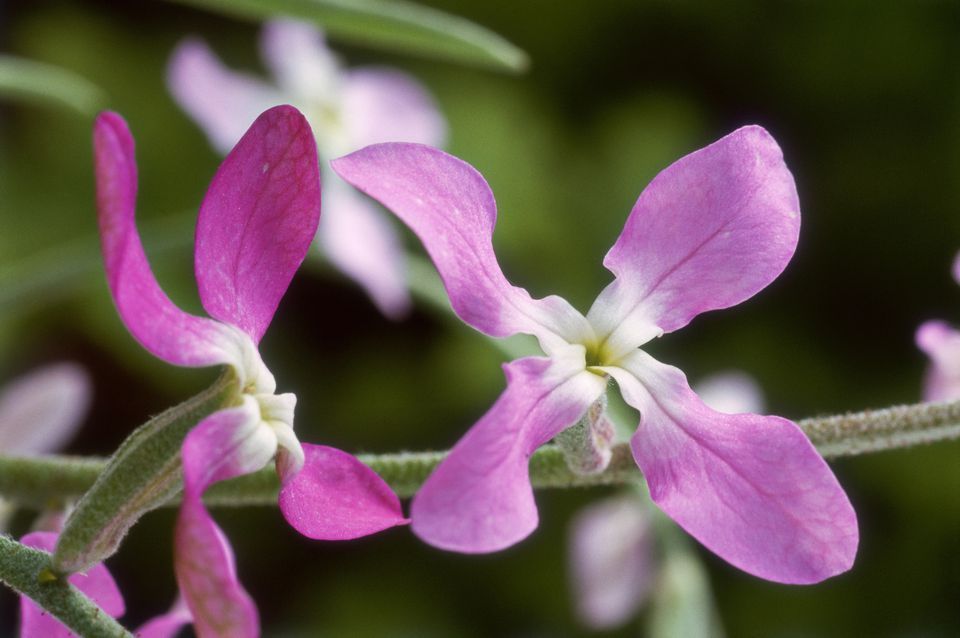Night scented flowers
7 Night Blooming Fragrant Flowers
These are perfect for creating a calming moon garden.
Oct 28, 2021
Tags:
Garden, Plants, Nature, Calm, DIY(Vogdux / Shutterstock.com)
Picture this. Your end of the day me time is finally here, and you step out into your yard or balcony to be greeted by the opulent aromas of your night garden. This is brimming with pale flowers attracting important pollinators in the darkness, and moonlit, silvery foliage.
Your moon garden is a sanctuary of flowers that reserve their most aromatic scents for the evening, perfectly in sync with your arrival. It is where you can sit and take in the view and the scents!
If this sounds like an inviting scenario for relaxing, after-dark enjoyment, check out these seven night-loving flowers to create your own perfumed haven.
NicotianaAlso known as tobacco flowers, nicotiana are star-shaped. Just like stars, these shine at night, and this is when these exquisite flowers begin their perfumed performance.
The freesia-like scent of the nicotiana flower attracts bumble bees, offering a honey buffet for hungry insects.
This flower adds a splash of colour to a flower bed or pots, and comes in pinks, purples, deep reds, whites and even pale green.
(Lushchikov Valeriy / Shutterstock.com)
Night-blooming CereusThe night-blooming cereus has been given several romanticized names including queen of the night. The short lived white blooms of this cactus, which are nine inches across, release a rich, floral aroma with a soft, spicy undertone that can perfume an entire garden.
Native to Arizona and the Sonoran desert in the southwestern United States, it thrives in warmer climates.
The rarity and difficulty of predicting when this large flower will bloom can make witnessing it a mark of status. This is what happens in Kevin Kwan’s 2013 novel, Crazy Rich Asians, when the clan gathers to watch its fleeting glory.
(Jill Shepherd / Shutterstock.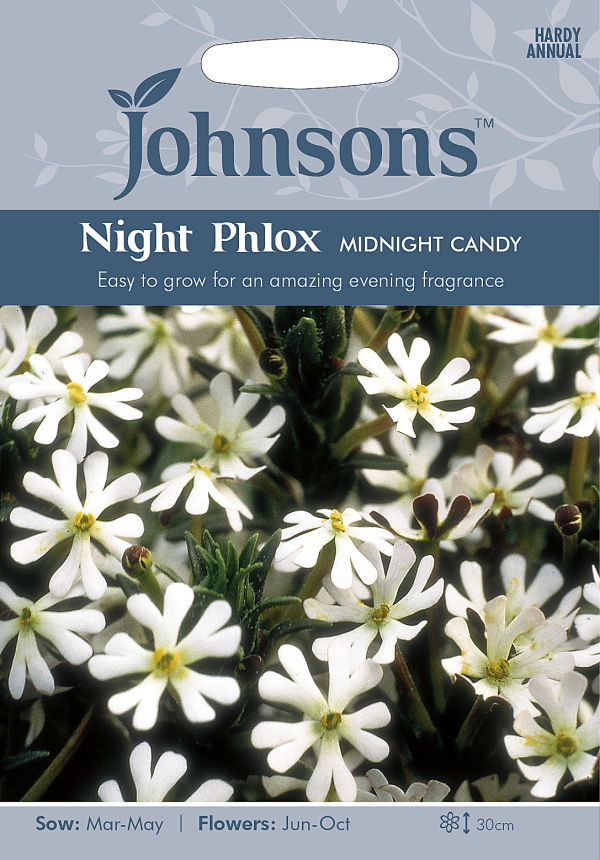 com)
com)
The moonflower is a species of night-blooming morning glory native to tropical and subtropical parts of North and South America.
It is considered one of the most romantic plants that can be grown in a garden. Its large, trumpet-shaped blooms unfurl from the late afternoon onwards, and remain open until the sun rises. Several varieties give off a lemon fragrance when the flowers are open. Its large, heart-shaped leaves are also part of the appeal.
(Poetra.RH / Shutterstock.com)
TuberoseTuberose is not related to roses, but is a distant relative of the hyacinth. This was a Victorian favorite. Its mass of white blooms and graceful form make it a frequent choice for bridal bouquets.
But Tuberose is especially prized for its white floral and sweet night time scent, with the many white “bells” of the flower spreading an exquisite aroma that is compared to jasmine and honey with a deeper undertone.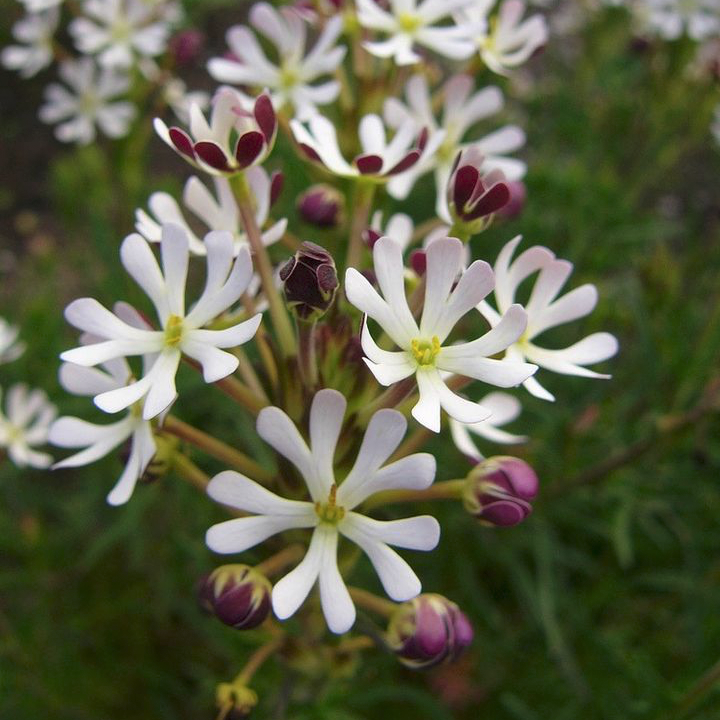 While it opens in the day, it grows more potent after sundown.
While it opens in the day, it grows more potent after sundown.
Tuberose is said to be the most fragrant plant in the plant world. Unsurprisingly, it features in many perfumes. Originating in Mexico, where Aztecs used it to perfume chocolate, the flower was taken to Morocco, Egypt and China. In the 17th century, it was exported to Europe from India.
(wasanajai / Shutterstock.com)
Night-blooming Jasmine“From plants that wake when others sleep, from timid jasmine buds that keep their odour to themselves all day, but when the sunlight dies away let the delicious secret out to every breeze that roams about.”
So wrote poet Thomas Moore, describing the intoxicating aroma of night-blooming jasmine that only shares its aromatic promise after dark.
Yes, the tubular flowers of night-blooming jasmine are tiny, but at night their heavenly perfume spreads 20 feet! Because of this scent, this tropical plant is commonly planted near the home or patio where its perfume can be enjoyed.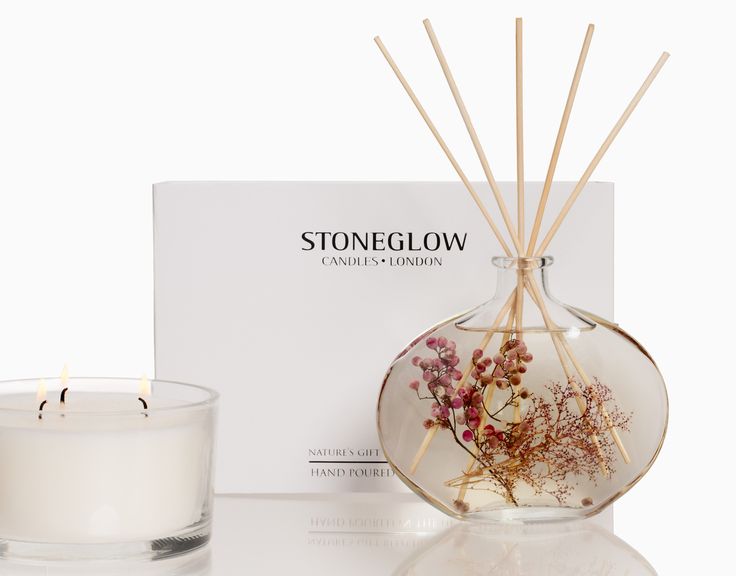
In fact, this plant is not a member of the jasmine family at all but of the jessamine one. But the names and fragrant blooms are easily confused.
(Satoshi Mizushima / Shutterstock.com)
Night PhloxNight phlox aka midnight candy, is a low-growing perennial plant native to South Africa. It is prized for its numerous white blooms which open at night to release a beautiful fragrance reminiscent of cake ingredients like honey, almonds and vanilla. Its scent combines well with the sweet scents of other night-blooming flowers.
Blooms can also be purple and maroon, and gardening knowhow recommends planting them near an outdoor seating area, or in moveable containers, to maximally enjoy the fragrance.
(Foxxy63 / Shutterstock.com)
PetuniaPetunias, with their beautiful velvety blooms which come in white and an array of jewel-toned hues, are easy to grow and release a heady, pleasing floral scent after dark to attract pollinators.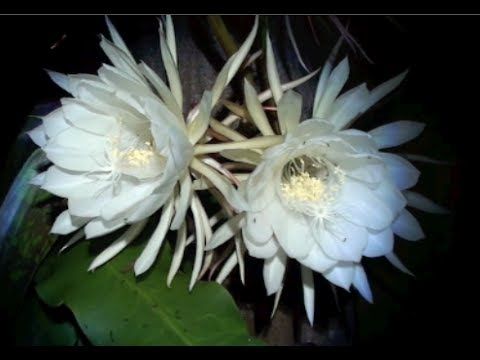
A University of Washington study concluded that these flowers know when to smell good, linking the plant’s production and release of these fragrant chemicals to the innate circadian rhythms that pulse through all life on Earth.
(Prolhorova Nataliia / Shutterstock.com)
YOU MIGHT ALSO LIKE:5 Plants to Grow for DIY Skin Care
Enjoy the Benefits of Listening to Nature
This Awesome Woman is Sharing Wellness Hacks to Help Women Thrive
11 Fragrant Night Blooming Flowers
Country Living editors select each product featured. If you buy from a link, we may earn a commission. More about us.
These knockouts' most winning features emerge as the sun sets.
By Lindsey Taylor
Getty Images
Why not choose plants that perform best when you're actually around to enjoy them? These lovely night-blooming flowers and plants give off their sweet smells at night.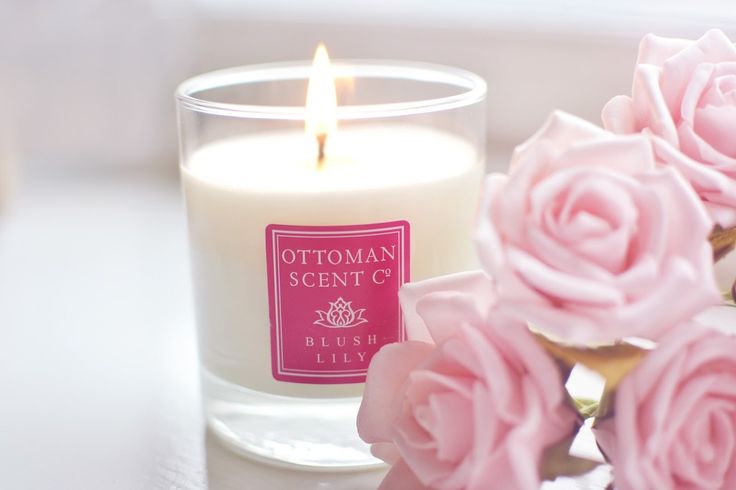 Want more gardening ideas? Check out these fresh landscaping ideas and our roundup of the best perennial flowers for more inspiration.
Want more gardening ideas? Check out these fresh landscaping ideas and our roundup of the best perennial flowers for more inspiration.
Forest and Kim Starr/Flickr Creative Commons
1 of 11
Gardenia Augusta (Perennial)
While this shrub's pretty white flowers give off their signature smell during the day, they're even more fragrant at night. Plant these along your walkway or in your yard, and their sweet and strong scent will begin wafting around your home at dusk.
Getty Images
2 of 11
Evening Primrose (Hardy Perennial)
These beauties will not only add a splash of sweet fragrance wherever you grow them, but a bold dose of bright color, too. You can also find the Oenothera in shades of white and pink.
Getty Images
3 of 11
Brugmansia (Tender Perennial)
This small tree sports large hanging flowers that open for a week at a time with the full moon. Though hardy only to zone 8, Brugmansia 'Cypress Gardens' is ideal for containers and can be overwintered inside.
Getty Images
4 of 11
Moonflower (Annual)
The vine Ipomoea alba grows to 15 feet, unfurling four- to six-inch-wide fragrant white blooms. Buy seedlings, since germinating seed is tricky, and provide ample sun and fertilizer.
Getty Images
5 of 11
Japanese Wisteria (Perennial)
A woody vine, Wisteria floribunda is hardy to zone 5. This finicky plant can take several years before the white or lilac clusters emerge, so be sure to buy one that's already in bloom.
Olaf Rumeney
6 of 11
Tuberose (Tender Bulb)
This richly fragrant bulb, Polianthes tuberosa, was a Victorian favorite. Plant in containers or beds, two to three inches deep. Gardeners in zones lower than 8 must dig up the bulbs in the fall.
Sam Saunders/Flickr Creative CommonsGetty Images
7 of 11
Night Phlox (Annual)
Zaluzianskya capensis appeared in garden books as early as 1935.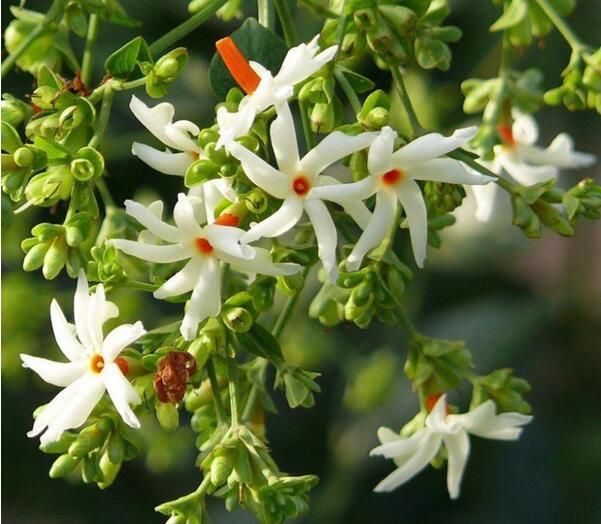 With small purple buds that open to white, the plant grows to about a foot, making it ideal for the front of a border.
With small purple buds that open to white, the plant grows to about a foot, making it ideal for the front of a border.
Getty Images
8 of 11
Nicotiana (Annual)
Of the many species of flowering tobacco, try Nicotiana alata 'Jasmine' — with white trumpets that open at dusk — or N. sylvestris, which reaches four to five feet and smells of freesia.
Getty Images
9 of 11
Night-Blooming Jasmine (Tender Perennial)
Cestrum nocturnum's tubular flowers are tiny, but at night their perfume spreads 20 feet. The plant blooms from spring through fall, flourishes in containers, and is hardy to zone 8.
Getty Images
10 of 11
Four O'Clocks (Annual)
As their name indicates, the pink, red, yellow, or white blossoms of Mirabilis jalapa open in the late afternoon, releasing a lemony spice scent. They do well in full sun or partial shade.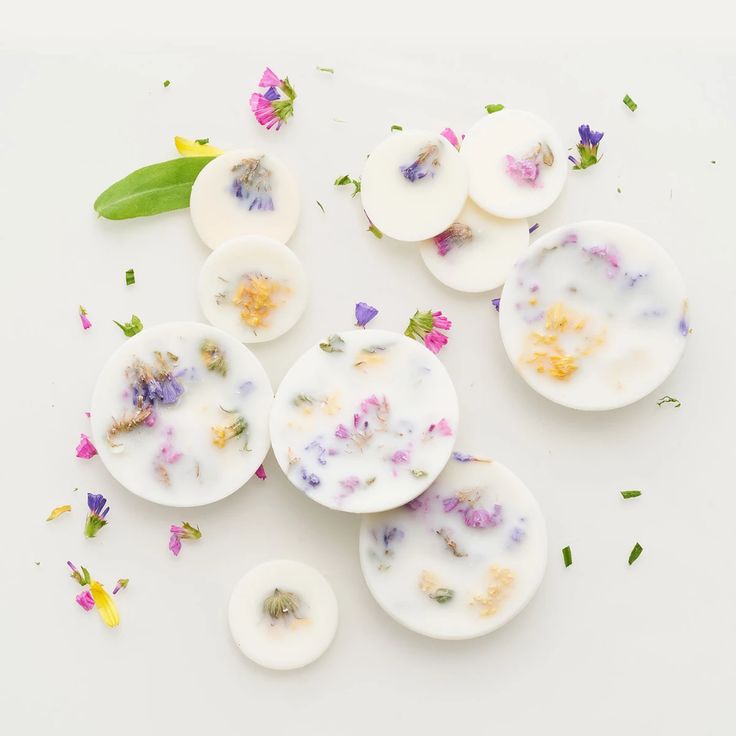
Getty Images
11 of 11
Datura (Tender Perennial)
Often confused with brugmansia, Datura meteloides is lower growing and shrubby with upright flowers that can reach as large as eight inches. The variety 'Horn of Plenty' is hardy to zone 6.
9 of the Best Easy Care Houseplants
5 year olds that are fragrant in the evening and at night. Names, description, cultivation, photo - Botanichka
It's a shame, but a huge number of fragrant plants exude their divine aroma not for us - caring flower growers. For flowers, smell is a kind of language in which they communicate with insects. Thus, the plants “say” that they are full of delicious nectar and it’s time to visit them, while carrying out pollination. Very many flowers have a particularly strong fragrance during those hours when exactly "their" insects fly out in search of food. Pollinators of a large number of popular fragrant garden plants are moths, respectively, and these flowers smell especially (or only) at night.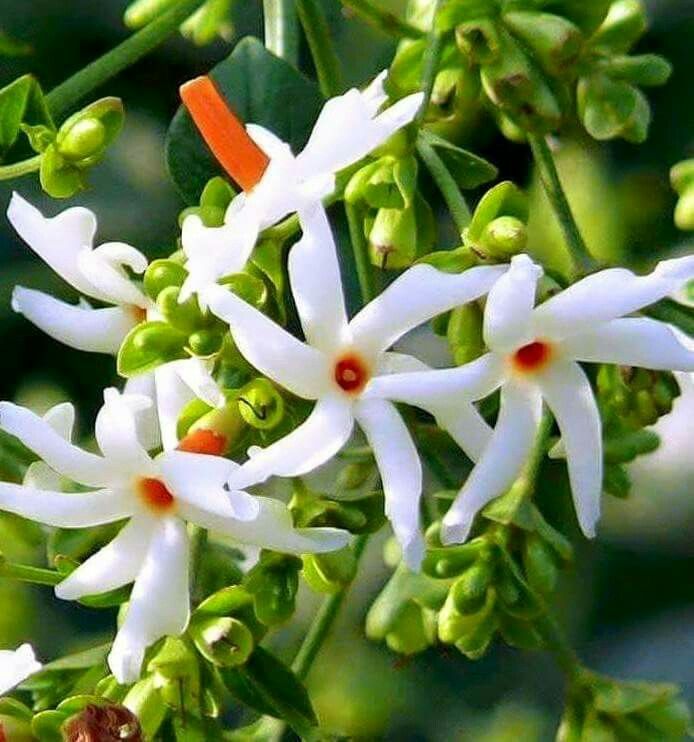 nine0003 5 annuals that are fragrant in the evening and at night
nine0003 5 annuals that are fragrant in the evening and at night
Some of these plants store pollen during the day and open only in the evening. And it is important to know about this when choosing the location of annual flowers in the garden, because in the daytime they look inconspicuous.
In this article, we'll take a look at the most popular fragrant evening-blooming perennials to look out for when creating "aromatherapy" corners in the garden.
Read also our material about fragrant flowers that will delight you with their scent during daylight hours: 10 flowers that will fill the garden with unique aromas. nine0003
1. Zaluzyanskaya (night phlox)
This fragrant flower is not often found in gardens, but the plant has been overlooked undeservedly. Of course, Zaluzyansky's appearance is not particularly presentable. During daylight hours, the plant looks like a small (30 cm high), not too branchy bush with linear leaves. At the same time, its small white flowers are completely closed.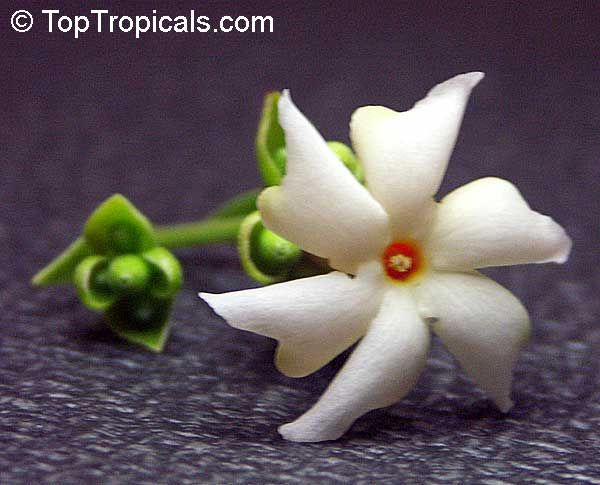 There are purple markings on the back of the flowers, so closed buds look dark. nine0003 Zaluzianskya. © Shire Plants
There are purple markings on the back of the flowers, so closed buds look dark. nine0003 Zaluzianskya. © Shire Plants
Buds open in the evening (usually around 10-11 pm). The appearance of the flowers is very modest, in shape they resemble a garden phlox splayed or a meadow soapwort.
It is at this time that the main advantage of Zaluzyansky manifests itself - a strong pleasant aroma. The smell of night phlox is not easy to describe, sometimes it is described as "sweet candy", sometimes it is described as "vanilla", compared with the smell of heliotrope. But, in any case, this pleasant aroma is quite comparable to expensive French perfumes. Flowering continues from July until frost. nine0003
Features of growing Zaluzyansky
Zaluzyansky is unpretentious in care and easy to grow from seeds. Sowing can be done directly into the ground in early May. But for earlier flowering, the flower is grown through seedlings. And often it is sown in several terms from March to May to stretch the flowering period.
Seedlings appear after about a week. When caring for night phlox, the most important thing is to be careful with watering. This plant needs to be watered regularly on hot days, but flowers can also react negatively to overflow with stagnant water. nine0003
For the Salusian choose a sunny place or light partial shade. From the wind, thin stems can lie on the ground, so it is better to tie them to a support.
For the Zalusian choose a sunny place or light partial shade. © Ben RushbrookeZaluzyansky in Garden Design
Night phlox can be planted in containers on a terrace or balcony. In this case, it is possible to use mono-landings. Then, in the daytime, it is easy to move the bowls with flowers away from the eyes to the far corner of the garden, and with the onset of twilight, move them to the corner where you like to relax in the evenings. nine0003
When choosing companions for Zaluzian, it is important that neighboring flowers do not require too frequent watering, otherwise night phlox can quickly “fall out” from overflow.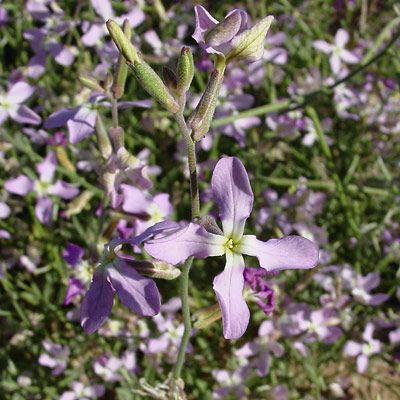
This plant will look good in the company of drought-resistant grasses - feather grass, pennisetum, fescue and others. In flower beds, Zaluzyansky can be carefully “scattered” among plantings of flowers with bright inflorescences, which in the daytime will draw attention from the “sleeping” flower to itself during the day.
It is desirable that the neighbors of the night phlox have hard, stable stems that will serve as a support for the Zalusian. It is not advisable to plant a night phlox in a company with powerful large-leaved plants, since such foliage will easily hide a small delicate flower from sunlight. nine0003
2. Fragrant tobacco (winged)
Fragrant tobacco has not lost popularity for many years, regularly performing the role of air flavoring in the evening garden. Fragrant tobacco flowers open around 9 pm and close in the early morning.
Fragrant tobacco (Nicotiana suaveolens). © Lyudmila Svetlitskaya Outwardly, the flowers of this plant look like snow-white stars with a long tube behind each flower.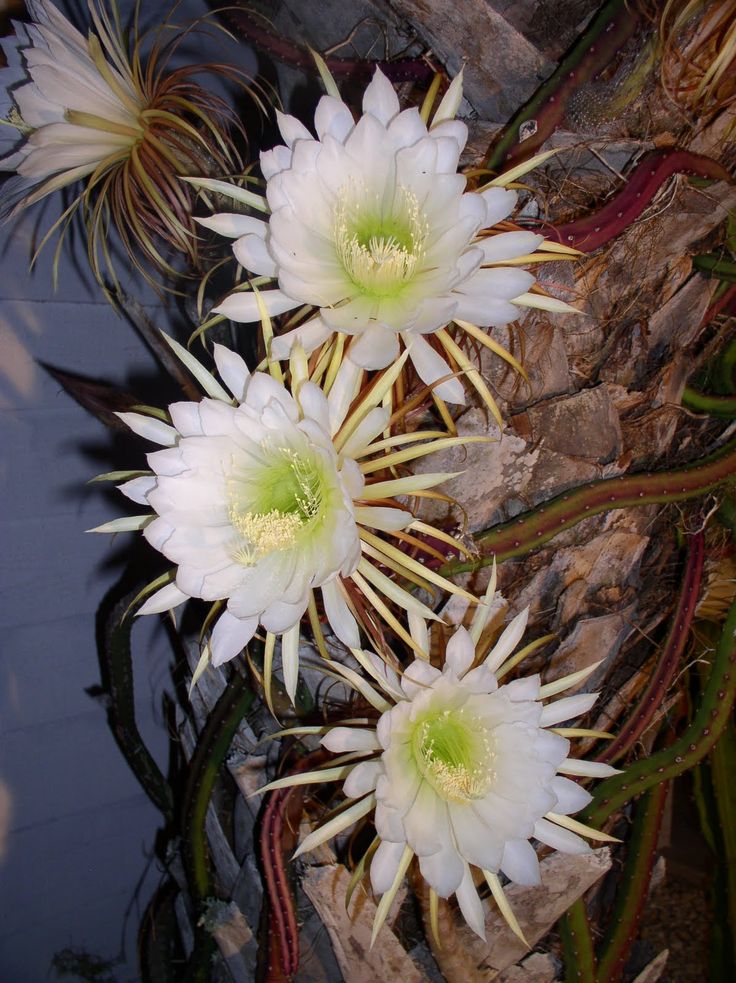 Thanks to the rich white petals, it seems that the inflorescences of fragrant tobacco really glow in the dark, like night stars. nine0003
Thanks to the rich white petals, it seems that the inflorescences of fragrant tobacco really glow in the dark, like night stars. nine0003
Fragrant tobacco bushes are very powerful and reach a height of 50-90 centimeters. The flowers bloom on the tops of long stems, in cloudy weather the inflorescences can be open all day. The smell of fragrant tobacco is quite strong and is felt even at some distance from the curtain with these plants.
In the evenings, near fragrant bushes, one can observe amazing large hawk moths with long proboscises, similar to hummingbirds.
Modern varieties and hybrids of fragrant tobacco with lower compact bushes and flowers of various colors are currently on sale. But, unfortunately, having acquired a bright color and the ability not to close its petals during the day, fragrant tobacco has practically lost its most valuable quality - aroma. nine0003
Therefore, if you are looking for a fragrant plant for the evening garden, then it is better to get the seeds of the simplest "grandmother's" fragrant tobacco with the usual white flowers.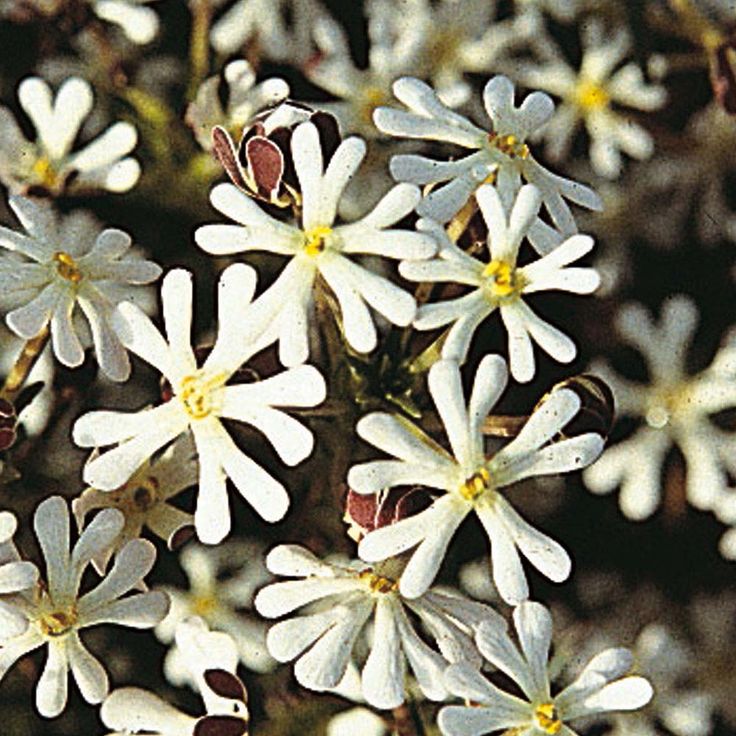
Peculiarities of growing fragrant tobacco
In most cases, this heat-loving annual flower is grown by sowing directly into the ground in early to mid-May. In this case, flowering begins approximately from the end of June to the beginning of August. For earlier flowering, seedlings are usually grown by sowing tobacco in early April indoors. nine0003
Small aromatic tobacco seeds comparable in size to poppy seeds. When sowing, they are evenly distributed over the surface of a moist substrate and sprinkled with a thin layer of earth. At room temperature, seedlings appear in about a week.
After the appearance of two true leaves, it is better to pick the seedlings into separate pots so that large leaves do not obscure neighboring seedlings. Fragrant tobacco is planted in the ground around mid-May. The location may be sunny or slightly shady. nine0003
This flower is very easy to care for and will only require watering during the dry season and top dressing in case of poor soil. It is important to know that the leaves of fragrant tobacco, belonging to the nightshade family, are also attractive to Colorado potato beetles, like the foliage of potatoes and eggplants. Therefore, it is better to place the planting of this flower away from vegetable beds.
It is important to know that the leaves of fragrant tobacco, belonging to the nightshade family, are also attractive to Colorado potato beetles, like the foliage of potatoes and eggplants. Therefore, it is better to place the planting of this flower away from vegetable beds.
Fragrant tobacco in garden design
Winged tobacco is a very vigorous plant with strong thick stems and massive leaves, so it looks like an attractive structural plant even with flowers closed during the day.
These giants are best planted as an addition to compositions of decorative deciduous and beautiful flowering shrubs. Or in groups under large trees, subject to partial shading.
Fragrant tobacco also looks good in traditional flower beds next to popular bright annuals such as zinnias, dahlias, marigolds and others. In the daytime, the bright inflorescences of the neighbors distract attention from the drooping flowers of tobacco, and at dusk, when the rich tones fade into the background, its white stars will open, presenting the flower bed in a different color and filling the garden with aroma. nine0003
nine0003
Read our detailed material on how to grow scented tobacco.
3. Mattiola bicorne
This popular annual cruciferous plant rivals many fragrant flowers, because its incomparable smell spreads over a long distance and literally envelops the entire garden. On a summer evening, it is very pleasant to sit on a bench when a light breeze brings the aroma of mattiola from different parts of the garden.
Matthiola longipetalaThis smell can be described as gentle and sweetish, with violet notes. During the day, the small four-petalled flowers close and the modest plant with bluish leaves is lost against the background of other flowers.
The flowers collected in a raceme are most often found in pink, but also white or yellowish, which does not affect the quality of the fragrance. Mattiola bushes branch strongly, plant height can reach 30-40 centimeters.
Matthiola bicorne – a close relative of the pompous terry levkoya ( gray mattiola ).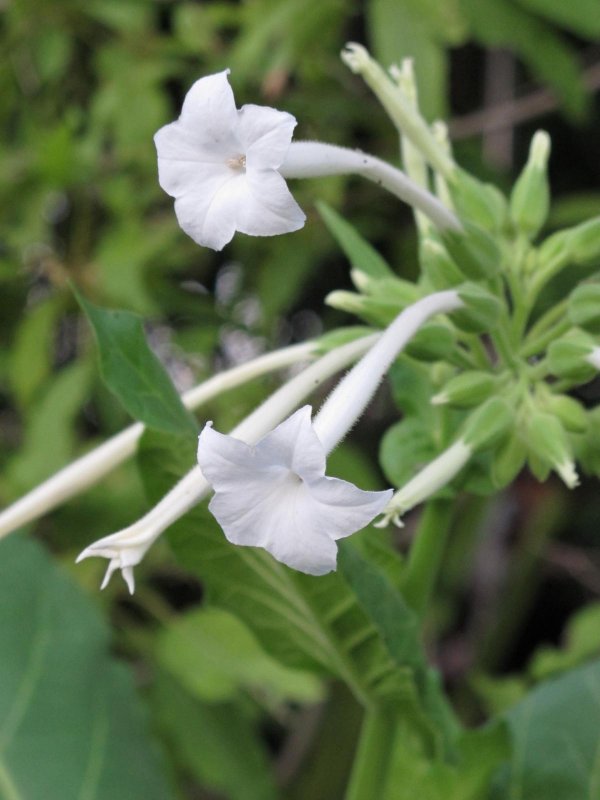 Levkoy are mainly grown for the bright double flowers collected in a dense racemose inflorescence. This plant also has a rather strong smell, but it differs significantly from the smell of matthiola bicornu. The smell of levkoy also has fans, but some regard it as overly cloying, intrusive, and even not very pleasant.
Levkoy are mainly grown for the bright double flowers collected in a dense racemose inflorescence. This plant also has a rather strong smell, but it differs significantly from the smell of matthiola bicornu. The smell of levkoy also has fans, but some regard it as overly cloying, intrusive, and even not very pleasant.
Peculiarities of growing matthiola
Mattiola bicornu is a cold-resistant plant, and its seeds can be sown even in autumn. This is usually done in November on frozen ground so that the seeds do not germinate ahead of time. Due to cold resistance, spring sowing is carried out very early in spring - in April. nine0003
Mattiola seedlings are able to withstand short-term frosts down to -5 degrees. The flowering period of one plant is short and usually lasts about 1.5 months. In order to have fragrant mattioli in the garden for as long as possible, they often resort to sowing at several times. The first batch is sown indoors in March, and the subsequent ones can be sown already in the ground after the snow melts at intervals of about a couple of weeks or one month.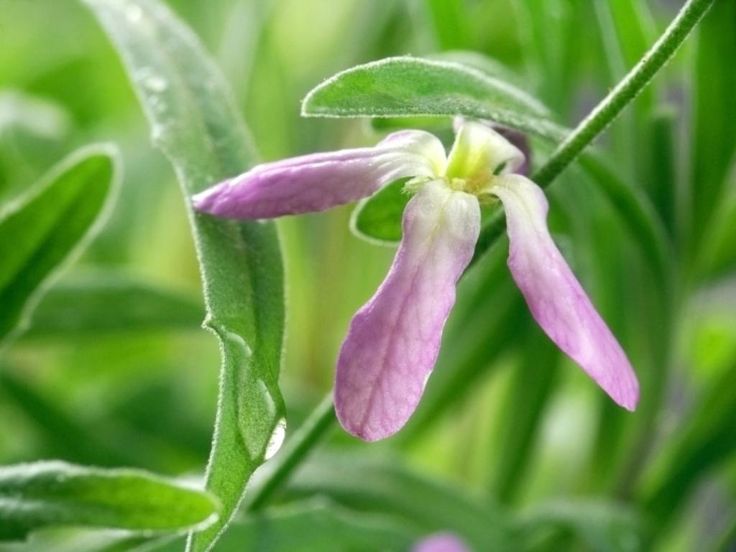
Matthiola will grow best in full sun with moderate watering. Like all members of the cruciferous family, young plants are sometimes attacked by the cruciferous flea. nine0003 Loose structure of matthiola bush and inflorescences is good for giving airiness to flower beds
Matthiola in garden design
Loose structure of matthiola bush and inflorescences is well suited for giving airiness and lightness to flower beds. Its thin shoots, small leaves and medium-sized inflorescences in the daytime can easily get lost among other flowers without attracting unnecessary attention.
Mattiola bushes can be evenly distributed in the flower garden, and in the evenings they will peek out here and there, spreading an aura of incomparable fragrance around them. In the same way, you can plant several matthiola bushes in container compositions on a balcony or terrace. nine0003
4. Mirabilis
Mirabilis forms large, well-leafed tall bushes up to 60 cm high, which branch well without additional pinching.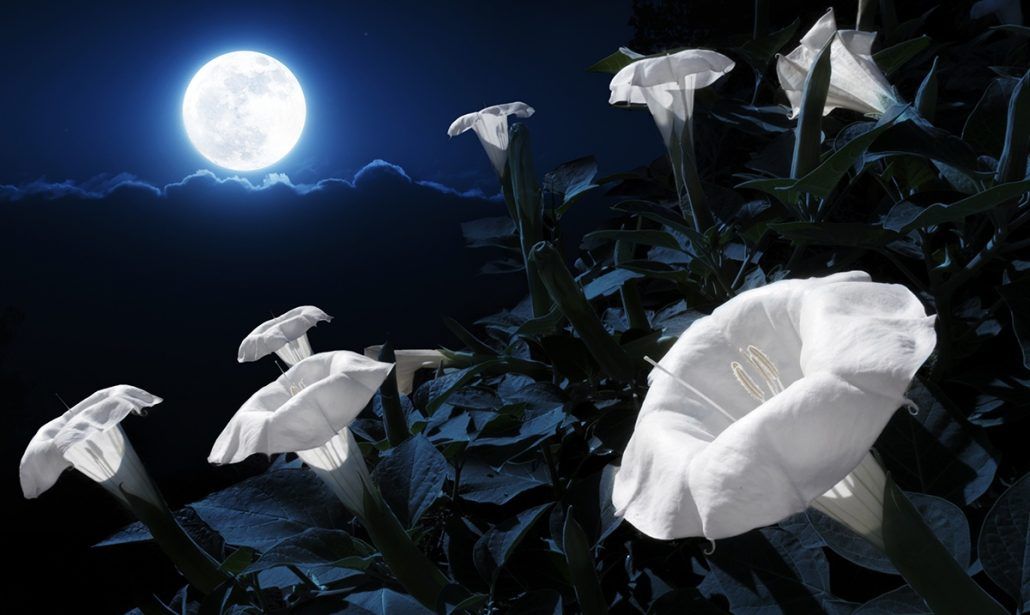 Mirabilis develops so quickly that in the middle of summer it looks more like a shrub than an annual flower.
Mirabilis develops so quickly that in the middle of summer it looks more like a shrub than an annual flower.
By its nature, this is indeed a perennial plant with a lignified stem, but due to low winter hardiness in the middle lane it is grown exclusively in an annual crop. nine0003
In the middle of summer, the bushes are abundantly covered with funnel-shaped flowers from 2.5 to 5 centimeters in diameter. Most often, mirabilis has a raspberry-colored petals, but varieties of a wide variety of colors can be found on sale. At the same time, two- and three-color combinations are especially appreciated, when the petals are covered with strokes of bright color (for example, Mirabalis "Marble").
The aroma of mirabilis is characterized as sweet and delicate, reminiscent of orange and vanilla. Bright flowers bloom in the evening at 9-10 hours, while each individual flower blooms only one night, after which it fades. In cloudy weather, the flowers remain open and fragrant all day. Flowering continues until frost.
Flowering continues until frost.
By the end of summer, mirabilis forms root tubers, which can be stored in the winter in the basement (in peat or dry sand) at a temperature of 3-7 degrees, like tubers of dahlias. Sometimes, among the planting material of various perennials, one can also find on sale mirabilis rhizomes of the most interesting colors. nine0003
Peculiarities of cultivation of mirabilis
Due to the high rate of development, mirabilis, sown in mid-May in a flower garden, will bloom in mid-summer. And for earlier flowering, it can be sown indoors in April.
Large mirabilis seeds have a very hard shell, so it is recommended to scarify them to speed up germination. For example, rub the seeds on sandpaper or treat the hard peel with a nail file, and then soak in a seed growth and germination stimulator (for example, in Epin). Otherwise, the process of emergence of seedlings can be delayed for almost a month. nine0003
The sunniest places are chosen for mirabilis in the garden, this plant is very photophilous and drought-resistant.
Mirabilis in garden design
Stately bushy mirabilis has a very beautiful structure and will not spoil any flower arrangement with its presence, despite the flowers closed during the day. It can be planted both solo in a small group and in the company of any other tall annuals or perennials. The main thing is that tender undersized flowers, which Mirabilis will suppress, do not become its neighbors. nine0003
Since the bushes of this flower resemble a small shrub, mirabilis will perfectly fit into a tree-shrub composition.
5. Moonflower
An unusual species of morning glory, which is also called white morning glory, or moonflower morning glory . Unlike most types of morning glory, which bloom only until noon, the moonflower is very original in terms of flowering time. Its large satin white flowers open only at dusk and bloom until dawn. nine0003 Ipomoea white, or Ipomoea moonflowering (Ipomoea Alba).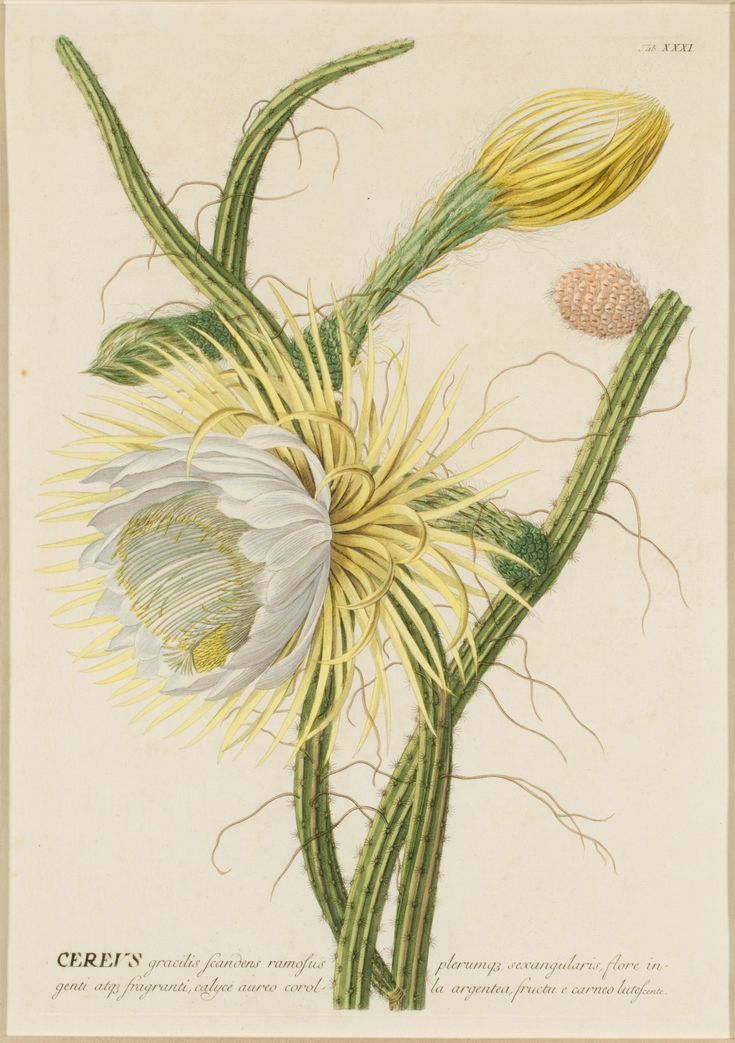 © Lyudmila Svetlitskaya
© Lyudmila Svetlitskaya
In addition, Ipomoea moonflowering surprises with its unusual flower shape, which has a long tube ending in a funnel, which makes the flower look like a pipe in profile. The length of the flower reaches 15 centimeters, and the diameter is 12 centimeters.
The delicate aroma of moonflower flowers is reminiscent of almonds, but the smell is not too strong and can be felt only by smelling the flower. This vine grows rapidly and reaches a height of more than three meters. nine0003
Features of growing moonflower
It is better to grow moonflower through seedlings, sowing seeds in early April. For large seeds of Ipomoea moonflowering, soaking for several days is recommended.
This plant is quite easy to care for, if placed in fertile soil and in a sunny position. The only serious problem of white morning glory can be a spider mite. Young seedlings are especially susceptible to attack by this pest.
Ipomoea planted on the balcony requires close attention, since in this case it is necessary to treat the creepers from ticks regularly.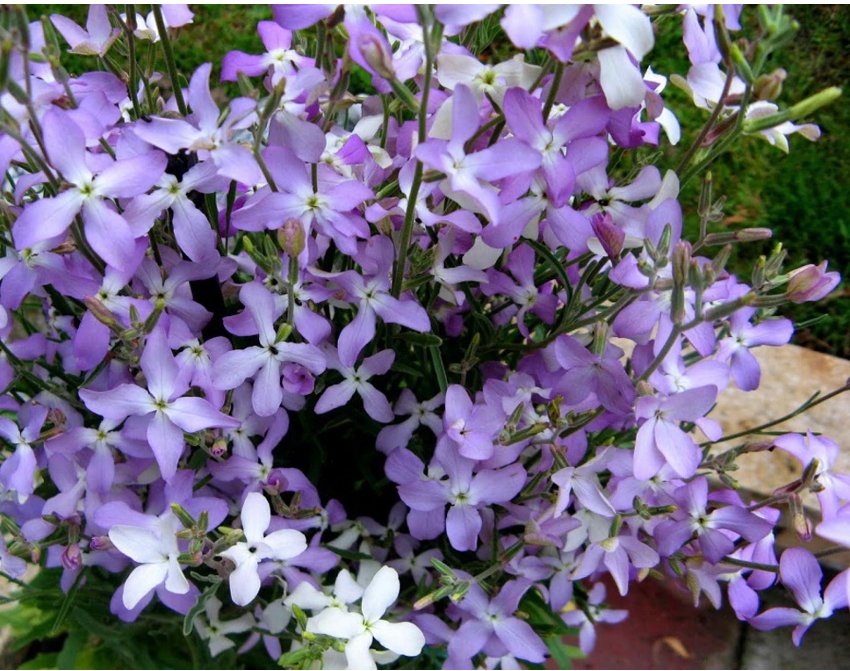 nine0003 Ipomoea moonflowering is widely used for vertical gardening. © Nature Bring
nine0003 Ipomoea moonflowering is widely used for vertical gardening. © Nature Bring
Moonflower in garden design
Ipomoea moonflower is widely used for vertical gardening and outdoor areas. Its large, plentiful foliage is suitable for twining a pergola, creating a secluded corner with green walls.
Moonflower is good to plant near the south wall of the house. The emerald liana will picturesquely wrap around an arch, an obelisk or a trellis. Creeper neighbors can be other types of morning glory that bloom during the day, or girlish grapes. nine0003
Read more about morning glory in our article Unusual types of morning glory, or Gorgeous relatives of morning glory.
10 flowers that will fill the garden with unique scents. Varieties, description, photos - Botanichka
Often, when we see a beautiful flower, we instinctively bend over to feel its fragrance. All fragrant flowers can be divided into two large groups: nocturnal (pollinated by nocturnal butterflies) and diurnal, whose pollinators are mainly bees.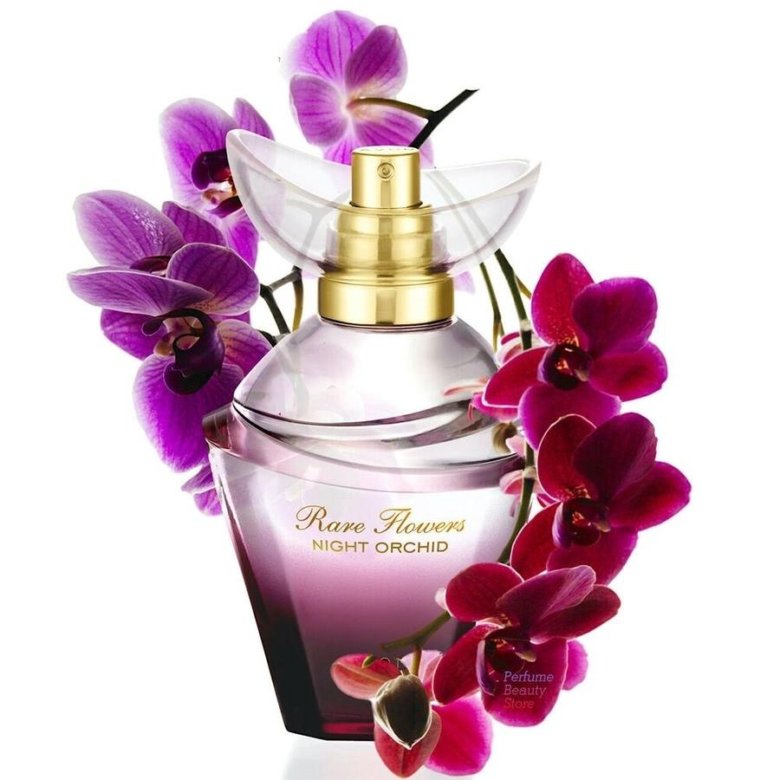 Both groups of plants are important for the grower and designer, because we often walk in the garden during the day and relax in our favorite corners with the onset of the evening. We are never allowed the fragrance of our favorite flowers. In this article we will talk about the most fragrant flowers that will delight you with their smell, mainly during daylight hours. nine0003
Both groups of plants are important for the grower and designer, because we often walk in the garden during the day and relax in our favorite corners with the onset of the evening. We are never allowed the fragrance of our favorite flowers. In this article we will talk about the most fragrant flowers that will delight you with their smell, mainly during daylight hours. nine0003
10 flowers that will fill the garden with unique aromasRead also our article 5 annuals that are fragrant in the evening and at night.
As you know, the smell of a flower has a chemical nature, it appears as a result of the formation of essential oils in the petals of inflorescences, which, when evaporated, are felt at some distance. Each flower has a unique aroma, because it is formed by a unique combination of various chemical elements. First of all, the smell serves to attract pollinating insects, which have a very subtle sense of smell. But this does not prevent us from enjoying their magnificent and unique fragrance. nine0003
nine0003
Fragrant annuals
1. Petunia
The natural form of petunias has a very strong pleasant smell that intensifies in the evening, but it is also noticeable during the day. The fragrance of petunia is very similar to the aroma of its closest relative, fragrant tobacco.
Purple varieties have the strongest smell among terry petunias. © Lyudmila SvetlitskayaThe first varieties of petunias, close to wild species, had the same intense smell, but in the process of complex selection work on the selection of original colors in many hybrids, the pleasant aroma was partially lost, and sometimes even completely. nine0003
Purple hybrids tend to have the most fragrant flowers. But the inflorescences of non-traditional colors for petunias - red or yellow - usually do not smell at all. And a similar pattern can be traced in both simple and terry varieties.
Recently, breeders have begun to make efforts not only to return the former aroma to petunias, but also to make it more original.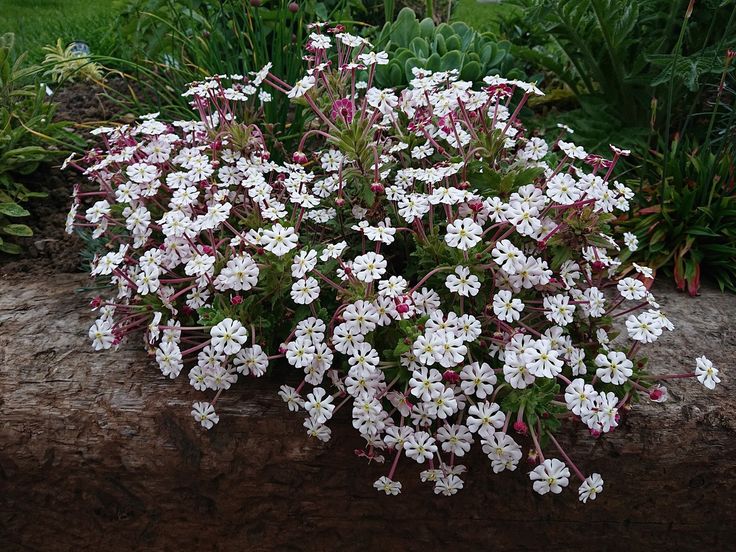 The most remarkable aroma is distinguished by such novelties of recent years as petunia Easy Wave Silver - whose smell is very reminiscent of expensive perfumes with vanilla notes, and it is not at all like the usual "petunia". Hybrid "Amore Mio Orange" will fill the air with a fragrance reminiscent of the smell of jasmine. But the hybrid petunia "Evening Sensei" even won a prestigious award for a unique honey aroma with hints of hyacinth and rose.
The most remarkable aroma is distinguished by such novelties of recent years as petunia Easy Wave Silver - whose smell is very reminiscent of expensive perfumes with vanilla notes, and it is not at all like the usual "petunia". Hybrid "Amore Mio Orange" will fill the air with a fragrance reminiscent of the smell of jasmine. But the hybrid petunia "Evening Sensei" even won a prestigious award for a unique honey aroma with hints of hyacinth and rose.
Read more about the variety of petunias in the article How not to get confused in the varieties of petunias and choose the right one. nine0003
2. Sweet Pea
The very name of this flower suggests the presence of a pleasant aroma, but not all varieties managed to keep it after the work of breeders to improve their appearance.
Sweet Pea "Old Spice Senator" is a beautiful and fragrant variety. © Lyudmila Svetlitskaya Modern sweet pea has very beautiful wavy inflorescences, reminiscent of exquisite ruffles.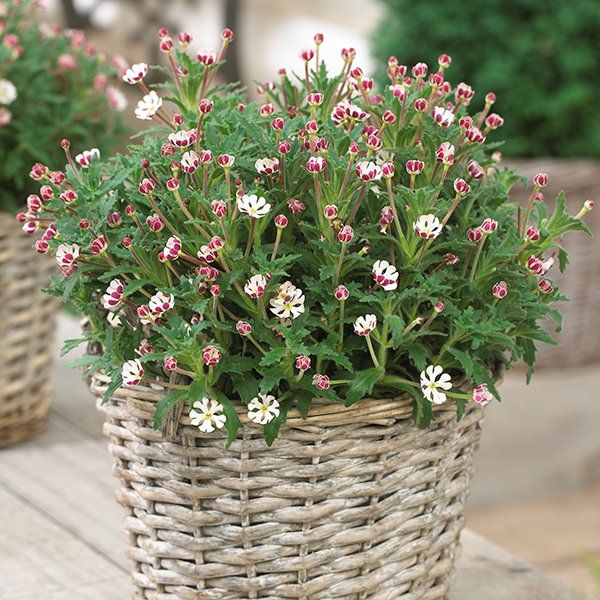 In color, they are often two-tone with a very interesting dark coating on lighter petals. However, the most fragrant should be sought among simple and medium-sized flowers. nine0003
In color, they are often two-tone with a very interesting dark coating on lighter petals. However, the most fragrant should be sought among simple and medium-sized flowers. nine0003
When choosing a variety, also note that perennial sweet peas (peas) are odorless. One of the few modern varieties that, despite its unusual appearance, has managed to retain its aroma, is peas "Old Spice Senator" .
Sweet peas are mainly used for decorating vertical surfaces. But among modern varieties, you can also find compact bush options for flower beds and flowerpots. In addition, this plant is also often used as a floristic material, since the inflorescences can stand in bouquets for up to two weeks. nine0003
3. Alyssum
This undersized annual forms a mat covered with medium-sized inflorescences, which are most often pure white or represent various shades of lilac palette. More recently, the color range of alyssum varieties has been supplemented with a new color - light pink with a peach tint Easter Bonnet Peach .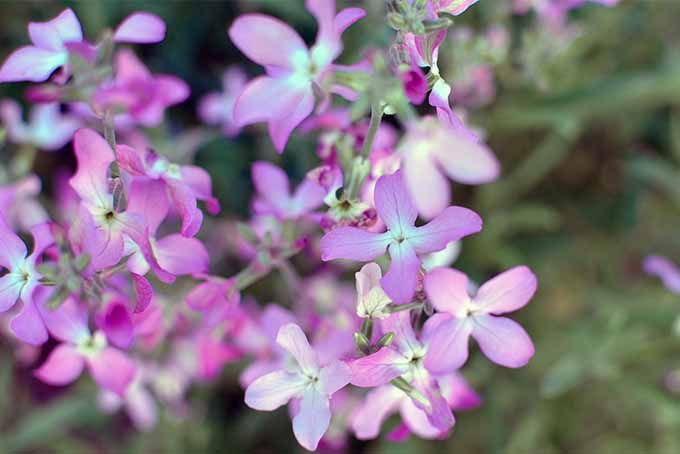
Modern varieties of alissum have not only unusual shades of petals, but also larger flowers, which are about twice as large as the usual "folk" alissum. However, the hybrid alyssum is inferior to the latter in terms of aroma, and many new varieties are not so intense, and some are completely odorless. nine0003
In particular, the hybrid Wonderland deep purple with very expressive ink-colored inflorescences does not smell at all. Therefore, the very strong honey aroma that instantly immerses us in summer and attracts many insects is worth looking for in old varieties.
It has been noticed that white alissum exudes the strongest aroma, its smell can be felt even at a distance. Lilac varieties smell weaker, and there are tart notes in their aroma.
4. Fragrant mignonette
This flower has a very original, but completely inexpressive appearance - a loose inflorescence of yellowish-green flowers. The main advantage of mignonette is a unique pleasant aroma.
The main advantage of mignonette is a unique pleasant aroma.
The smell of the plant is slightly violet-like, but has a slightly bitter note, like that of wormwood. Sometimes the fragrance of mignonette is compared with an expensive French perfume.
The smell of mignonette is not strong, and it is felt only if you are in close proximity to the inflorescences. But in many ways, this feature can be attributed to the pluses of the flower, since mignonette can be safely placed in the house, and even scented with a bouquet of flowers in the bedroom. Unlike such strong-smelling plants as lily or mock orange, this will not lead to any unpleasant consequences. nine0003
Mignonette is unpretentious in cultivation, and this annual can be used to break up too colorful flower beds, adding austerity and unusual aroma to them.
5. Heliotrope
This pretty annual is much loved by perfumers and is often used in perfumes, along with fragrance kings such as rose, jasmine and lily of the valley.
Bees and flocks of colorful butterflies will become obligatory visitors to the heliotrope curtain, so this bush will always be “alive” and interesting to observe. nine0003
Helitrope has dark purple corymbose inflorescences, consisting of medium-sized flowers, the main advantage of which is a strong honey-vanilla aroma.
This plant is unpretentious, and in temperate climates it is grown in seedlings as a heat-loving annual. For maximum effect, heliotrope is planted in groups. The landing site should be sunny or slightly shady. Heliotrope is also popular in container culture. In this case, it will be easy to bring it indoors for the winter, and with the onset of spring, propagate by cuttings. nine0003
Fragrant perennials
6. Tuberose (Polyantes tuberous)
Today, not every flower grower is familiar with the name of this plant, but it was not always so.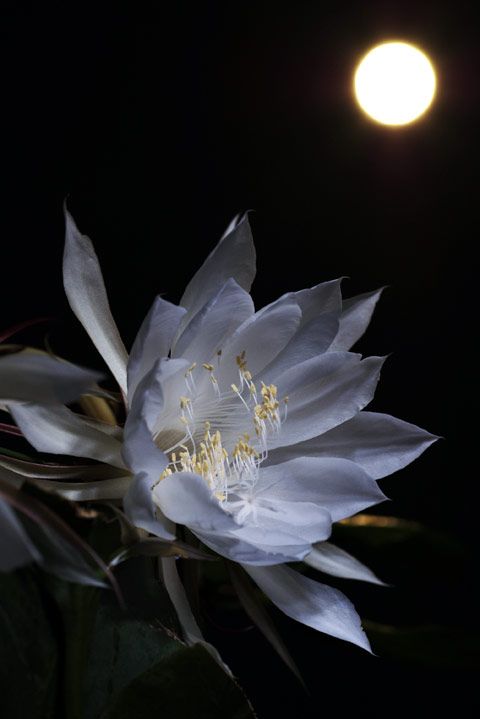 Previously, this exotic flower with a strong intoxicating aroma was incredibly popular in noble estates.
Previously, this exotic flower with a strong intoxicating aroma was incredibly popular in noble estates.
The mention of tuberose can be found in the works of Gorky, Kuprin, as well as in the poems of poets of that time. In particular, in Zhukovsky we find the following lines: "There are pearly lilies of the valley, There are rose bushes, Tulip, fragrant narcissus And tuberose - a pure Emblem of beauty."
Due to its spectacular appearance and strong fragrance, tuberose is popular all over the world. For example, in many countries of the East, the local name of the flower is translated as "the queen of aromas." In ancient times, in some countries, there was a ban on walking unmarried girls in places where tuberose was planted, as it was believed that its smell causes attraction and erotic fantasies. What is the smell of tuberose? nine0003
It is not easy to describe this fragrance, because it is very rich and multifaceted.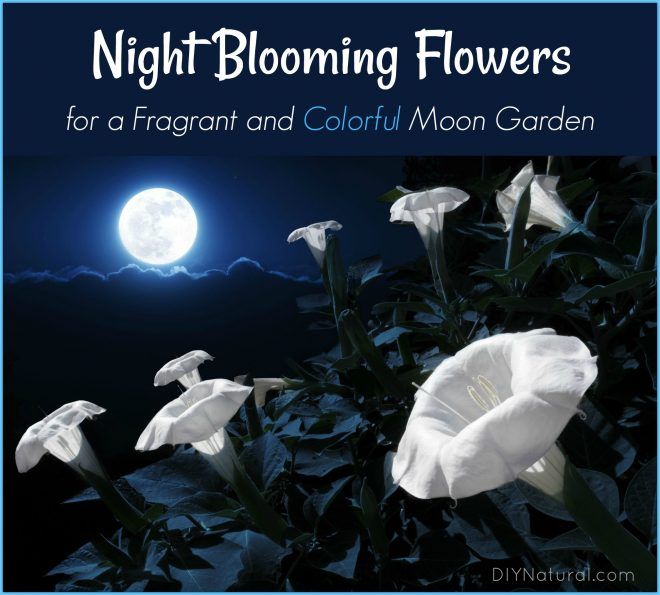 You can catch notes of exotic fruits, ginger and oriental lilies in it, as well as creamy and honey notes in the aroma.
You can catch notes of exotic fruits, ginger and oriental lilies in it, as well as creamy and honey notes in the aroma.
The smell of tuberose is very strong, tart and heady, and some may find it too intrusive. In this regard, tuberose has both ardent admirers and opponents. In any case, you can try to plant this plant in the garden and determine your attitude towards this controversial flower. nine0003
The most common planting material for sale is polyanthes The Pearl ( "Pearl" ), which is distinguished by double snow-white, waxy flowers, reaching a diameter of 5-6 centimeters.
In terms of agricultural technology, tuberose is a bit like gladiolus. Corms are planted for indoor sprouting around April. But for early flowering, you can plant much earlier. Corms germinate best in the dark. Plants are planted in open ground in mid-May. nine0003
Tuberose will grow in the sunniest spot in the garden. Special care, in addition to the standard, the plant will still require.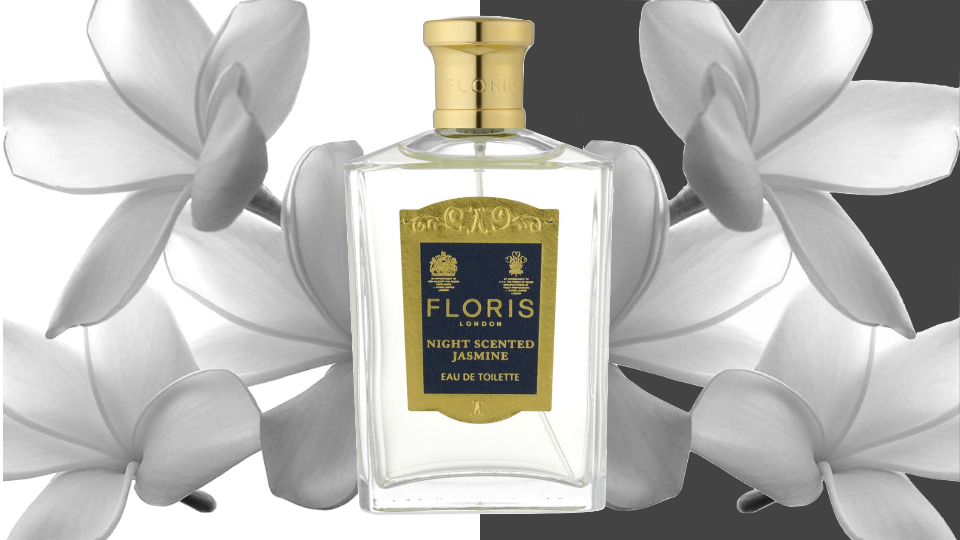 Before the first autumn frosts, the polyanthes are dug up and stored in a room with a temperature of 10-15 degrees.
Before the first autumn frosts, the polyanthes are dug up and stored in a room with a temperature of 10-15 degrees.
7. Lily
Depending on the class, lilies can have an incredibly strong fragrance or no fragrance at all. So, oriental , or oriental lilies are characterized by the strongest, sweet, dense and spicy aroma. nine0003 Lily "Bombini" - OT lily hybrids have a less intrusive and stuffy smell than oriental ones. © Lyudmila Svetlitskaya
Not everyone will like this specific smell, and it is often perceived as “stuffy” and intrusive. Longeflorums , or longiflora lilies are also characterized by a pronounced fragrance that can be felt from tens of meters away. Tubular (Orleans) lilies smell not much weaker than Oriental and long-flowered, but have slightly different notes of fragrance. nine0003
Hybrids obtained with the participation of Oriental Lilies, have largely inherited the characteristics of the aroma and have a rather strong smell.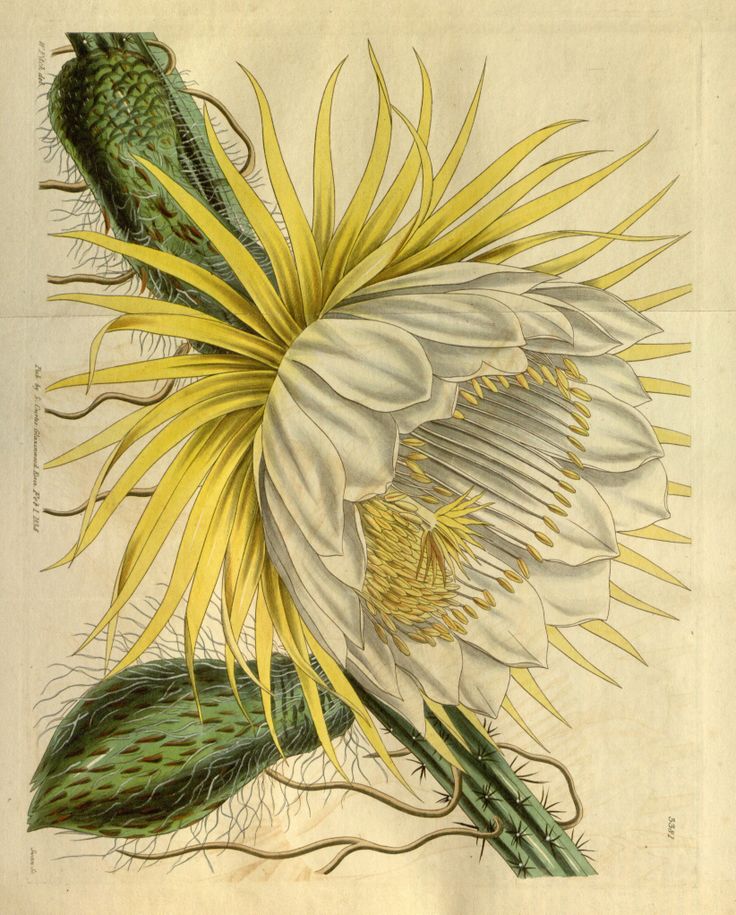 LO hybrids (a cross between longiflorum and oriental lilies) exude a more delicate aroma than oriental varieties.
LO hybrids (a cross between longiflorum and oriental lilies) exude a more delicate aroma than oriental varieties.
OT hybrids (Oriental and Trumpet Lilies hybrid) saturate the air with a moderate pleasant aroma. Asiatic Lilies are ideal for those who find the scent of a lily intrusive, as their flowers are odorless. nine0023 LA hybrids , which appeared as a result of crossing a type of long-flowered lilies with Asians, are distinguished by a subtle, delicate aroma.
A special group of lilies "Martagon" , or Curly lily has a noticeable smell, which is much inferior to the oriental in intensity. In general, their aroma can be described as "sweet-tart", while, depending on the variety, Martagons can smell differently.
A lily in the garden and a bouquet of lilies indoors are completely different experiences. Even the most fragrant oriental lily, planted in the far corner of the garden, will not cause a feeling of stuffy cloying and intrusiveness. Therefore, if you are sensitive to smells, then too fragrant lilies should be planted in limited quantities and at a distance from places of rest. nine0003
Therefore, if you are sensitive to smells, then too fragrant lilies should be planted in limited quantities and at a distance from places of rest. nine0003
Read more about growing lilies in the article Lilies - choosing a place and planting in the garden.
8. Rose
Rose is a godsend for a perfumer and one of the first plants that was used by humans to obtain essential oils. The most intense smell of roses becomes in the morning hours. Roses that are at full bloom smell the most, as the purpose of the plant is to attract pollinating insects.
The strongest fragrance of roses is felt in the morning hours. © Ludmila SvetlitskayaRose fragrance can be described as sweetish, warm, delicate with a fruity note. When we say that something smells like a rose, then everyone can clearly imagine what kind of smell it is.
Most types and varieties of roses have a fragrance, but it is not always the classic pink. Very often there are roses with an unusual aroma, for example, lemon, hyacinth, banana, musk, violet, vanilla, and so on. Some varieties combine several unusual notes in their aroma at once. nine0003
Some varieties combine several unusual notes in their aroma at once. nine0003
As a percentage, only 20% of the roses have a strong fragrance, and 25% of the varieties are practically odorless, the rest of the varieties have an aroma of medium intensity. Therefore, if it is important for you to enjoy the aroma of a rose, then it is better to refuse a spontaneous purchase, and first study the characteristics of the variety you like.
As a rule, on specialized sites there is detailed information about each variety, including a description of the intensity and shades of smell. At the same time, both strongly smelling and devoid of aroma varieties can be found in any group of roses (shrub, flower bed, climbing). nine0003
The exception is the increasingly popular roses of the English breeder David Austin, who were purposefully selected according to the principle of the presence of aroma, so there are no completely odorless varieties in this series. Among Austin roses, you can find truly amazing shades of aroma, such as wormwood, clove, the smell of good tea or expensive soap.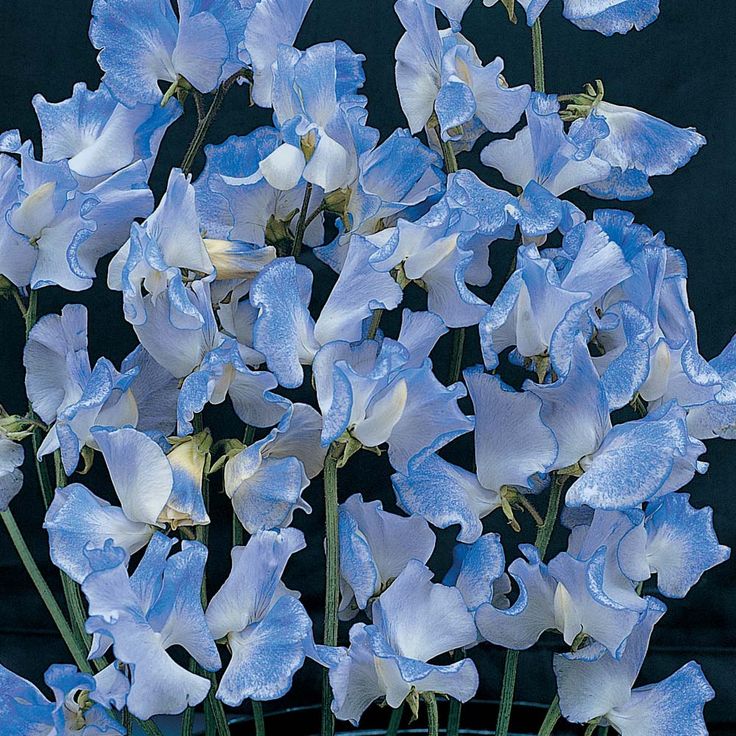
9. Lavender
This plant smells not only of flowers, but also of leaves. The aroma of lavender is associated with the presence of a large amount of essential oils in the aerial part of the plant, which in turn are rich in phytoncides that have a specific aroma. nine0003 Lavender angustifolia winters very well with us without additional shelter. © yearofcleanwater
Phytoncides were originally produced by plants to repel pests, but man has learned to benefit from these substances by using fragrant plants for his own purposes. In particular, the smell of lavender is perceived by most people as very pleasant.
Therefore, in the southern regions, this flower is grown literally on an industrial scale due to the high demand for raw materials in the perfume and cosmetic industry. nine0003
The smell of this plant is believed to improve mood, fight insomnia, eliminate fears and alleviate headaches. In addition to aromatherapy, lavender also has a purely practical use in the household, in particular, its aroma can repel mosquitoes and moths, and is used to disinfect rooms.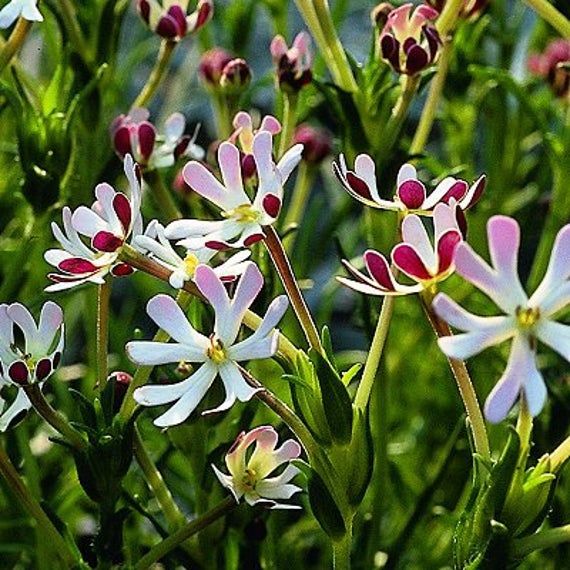
For a long time it was believed that lavender does not winter well in the middle lane. But it is not so. Lavender broadleaf is indeed a very heat-loving plant that can only be grown as an annual. But another type of lavender - narrow-leaved - winters very well without additional shelter. nine0003
Also used as an ornamental plant in gardens is a hybrid of two types of lavender called lavandin. This flower is more resistant to diseases and pests, and also has sufficient winter hardiness and winters well in our climate.
Open sunny places are suitable for lavender in the garden. This plant is drought-resistant and unpretentious. It is easy to grow from seeds or propagate by dividing the bush. Lavender flowers continue throughout the summer.
How to grow lavender in the garden, read the article 7 simple rules for gorgeous lavender. nine0003
10. Iris
The well recognizable scent of iris is very pleasant, popular among perfumers and extremely loved by women.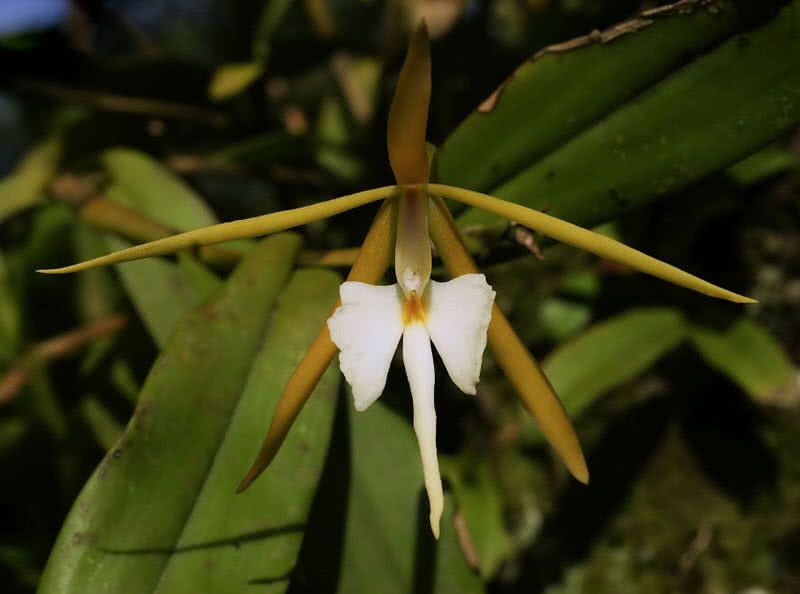 Meanwhile, in addition to the classic aroma characteristic of the most common "grandmother's" purple irises, this flower has a rich palette of aromas.
Meanwhile, in addition to the classic aroma characteristic of the most common "grandmother's" purple irises, this flower has a rich palette of aromas.
For example, varieties with aromas of sweets are often found: vanilla, honey, caramel and even chocolate (grade Copatonic ). Some varieties are distinguished by a floral smell, in which at the same time a slight bitterness or tart citrus notes are clearly felt.
As a rule, the smell of iris has a very complex composition, combining several components at once, and then the aroma can be described as flower-caramel or honey with bitterness, and so on.
The smell of each varietal iris is unique, and it does not always correlate with the color of the flower. For example, grades Copatonic and Stopthe Music have a very similar red-brown color scheme. But in terms of smell, the first smells of chocolate, and the second is distinguished by a caramel-citrus smell.